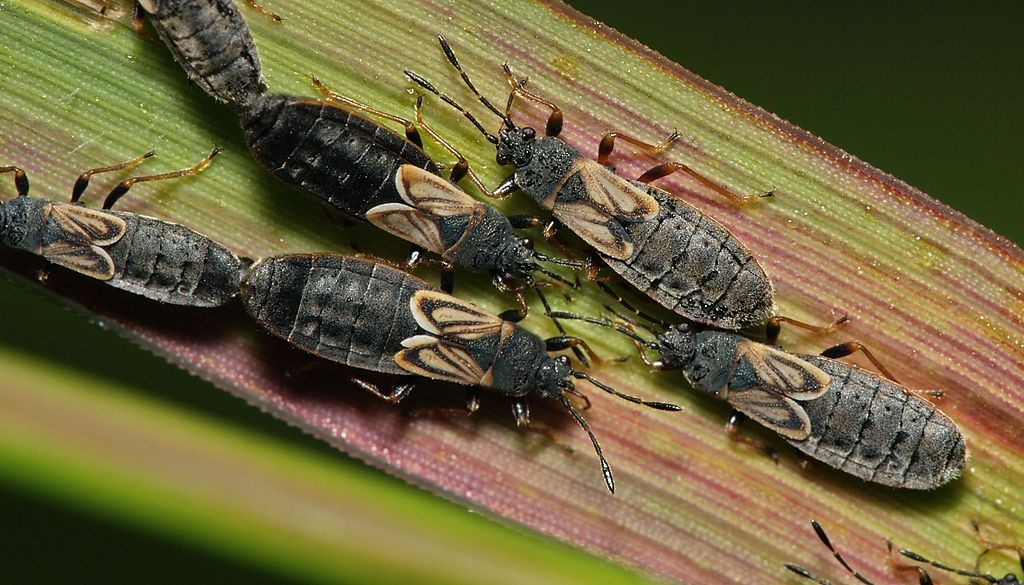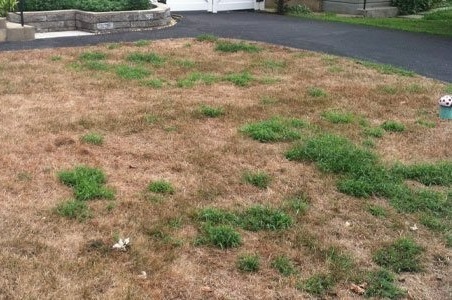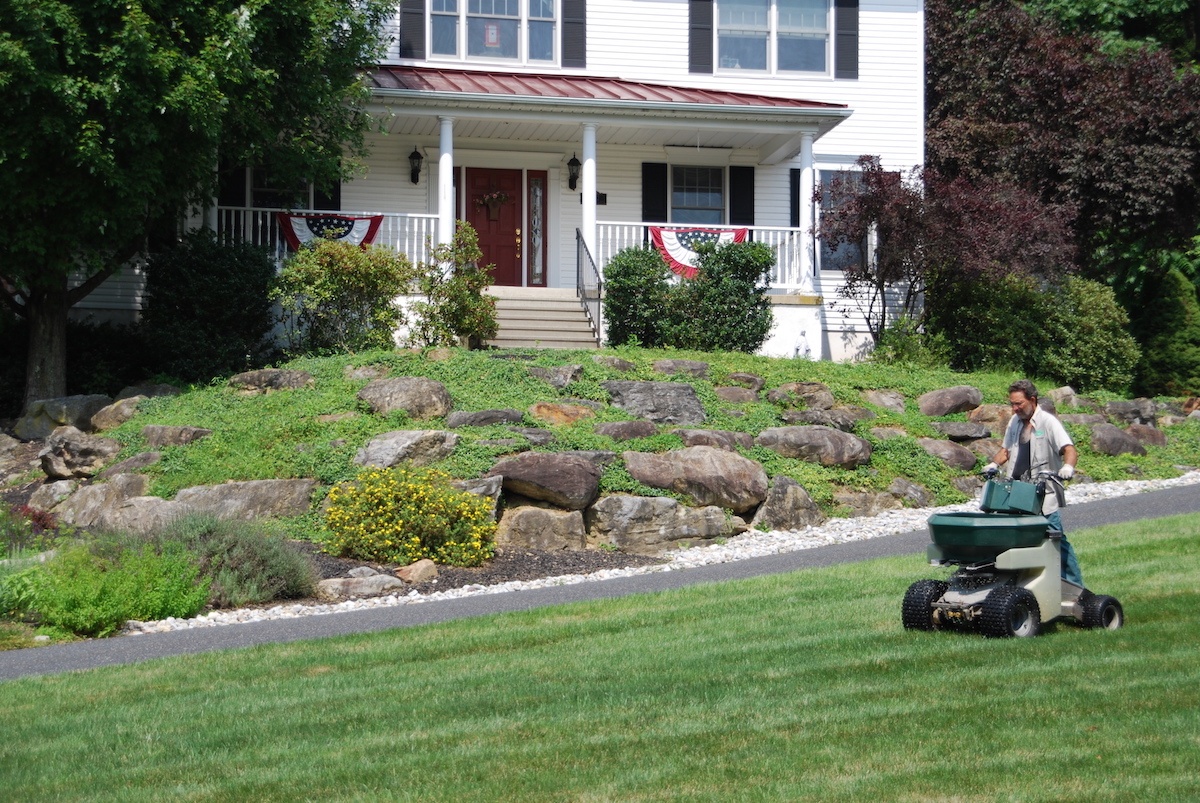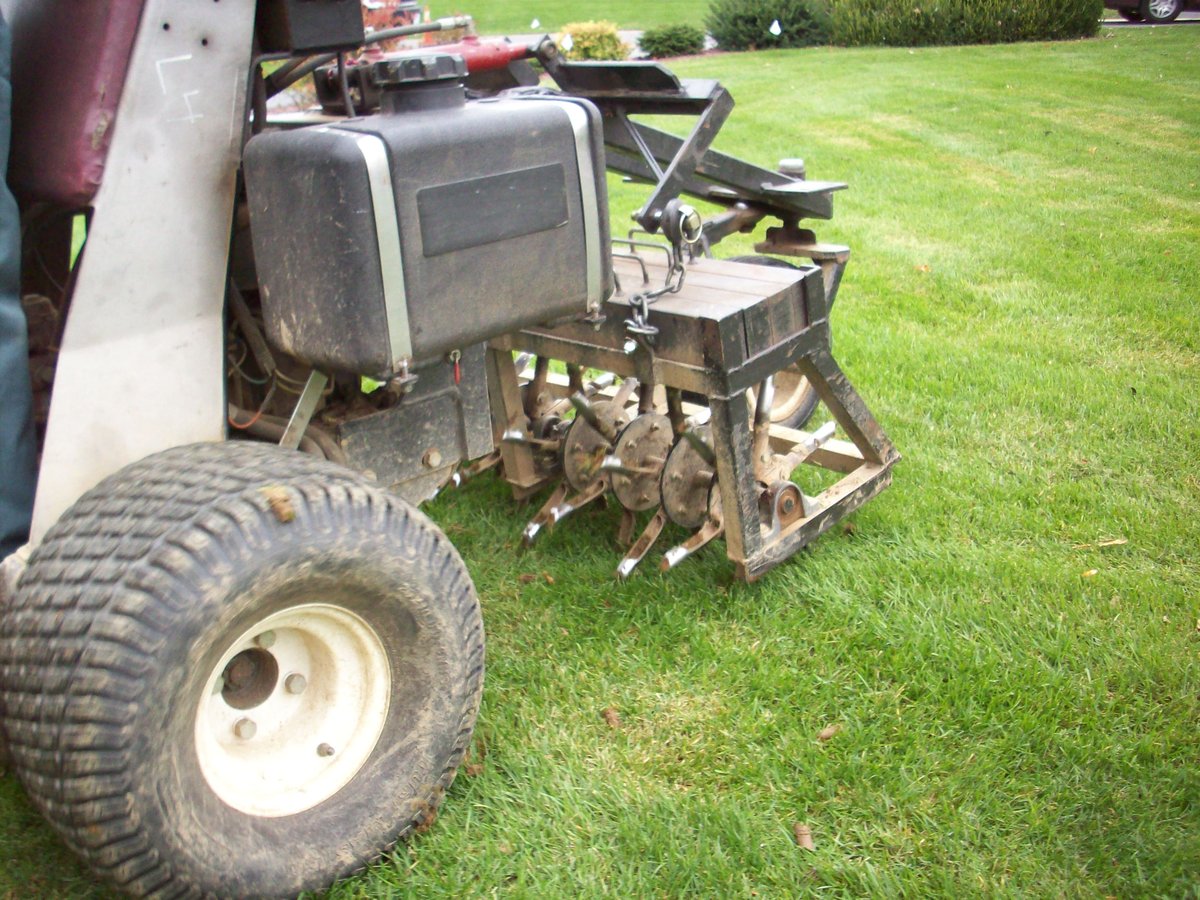When it comes to having a healthy and thriving lawn, it might feel like there are an endless number of threats out there keeping you from those amazing results. While it can be easy to get discouraged, there are many ways to overcome lawn problems and achieve the healthy lawn you desire.
One potential problem is chinch bugs.
Chinch bugs can cause your lawn to turn brown and dry. The damage can be unsightly and even cause your lawn to die. For that reason, we’re talking about how to prevent chinch bugs as well as how to deal with them if you already have an infestation.
What are Chinch Bugs?
Before we get into prevention tips, let’s talk about this fairly common lawn pest.
Chinch bugs have a blackish-gray body and white wings. Of course, considering the fact that an adult chinch bug is only around ⅙-inch long, you might spot chinch bug damage before ever seeing one of these pests.

If you have turfgrass that is turning brown, it’s worth exploring whether you might have a chinch bug problem. Oftentimes, homeowners mistake chinch bug damage for drought. In reality, the grass could be turning brown and dry because of the chinch bugs feeding on it.
You can perform a visual inspection to look for chinch bugs by examining the fringe areas of your lawn (which border the damaged areas). Since chinch bugs move on to fresh grass after consuming an area, if it’s a chinch bug problem, this is where you’ll find them.

You’ll want to get on your hands and knees, pull the thatch apart at dozens of spots, and watch closely for 20 to 30 seconds without moving from that spot.
If you have a few chinch bugs, it’s not a big deal. But an infestation can certainly cause you problems.
How to Prevent Chinch Bugs
As Benjamin Franklin once famously said, an ounce of prevention is worth a pound of cure. We understand that preventing problems is always better than dealing with them.
Here are a few ways that you can go about preventing chinch bugs in the first place.
1. Take Good Care of Your Lawn
While you cannot ward off a persistent pest entirely, a healthy lawn can withstand some pressure from lawn pests much better than one that is already unhealthy and struggling.
That means that mowing at the proper height, watering your lawn, and getting on a great lawn care program can go a really long way in keeping your lawn in great shape.

At Joshua Tree, some of our lawn care program options also include preventative grub control. We have found that the active ingredient in this product also helps to suppress some chinch bug activity (an added bonus!).
When you partner with a lawn care professional, you’ll also know that they’ll be on your lawn, looking to spot problems early. If they do notice an infestation, curative products can be used.
2. Remove Excess Layers of Thatch
Since chinch bugs live in the areas of thatch on your lawn, removing those excess layers can definitely help with preventing chinch bugs. We do not recommend dethatching in an old-school way (with a dethatching machine) as we have found it really tears up lawns (including your healthy turf). Instead, we recommend aeration, which we will cover in more depth below.
3. Aerate Your Lawn
Lawn aeration is one of the best things that you can do for your lawn. Lawn aeration is the process of making holes throughout your lawn by pulling small soil plugs (called cores) with a special machine called a core aerator. This helps to break up that thatch layer while also allowing more oxygen, water, and nutrients to penetrate deep into the soil down to the root zone.

What if I Already Have a Chinch Bug Infestation?
If chinch bugs have already invaded and you’re past the point of preventing them, your lawn might require a professional product to get these pests under control.
Chinch bug control should be applied when these pests are active from late spring into summer.
Partnering with a Pro Against Chinch Bugs and Other Lawn Problems
As we mentioned, one of the nice things about working with a lawn care professional is that they’ll be able to diagnose what is really going on. Sometimes you might think it’s insect damage when it’s really something else. Many lawn problems mimic one another as far as symptoms go.
Since you want to make sure that you get the proper solution underway, it will be important that a proper diagnosis is made first.
When you work with a pro, you can feel confident that they are keeping an ongoing eye on your property.
Of course, with fast-moving pests like chinch bugs, a problem can potentially strike between visits. That’s why we also always encourage our clients to keep the line of communication open.
Though chinch bugs and other lawn problems can be a major source of frustration, you don’t have to tackle any of these issues on your own. Instead, you’ll know that your lawn is in good hands.
With the right care for your lawn, you’ll gain valuable peace of mind. If you’re interested in having your lawn inspected and its health assured, contact us for a free quote or give us a call at 833-JTE-TREE.
Image Source: Chinch Bugs



